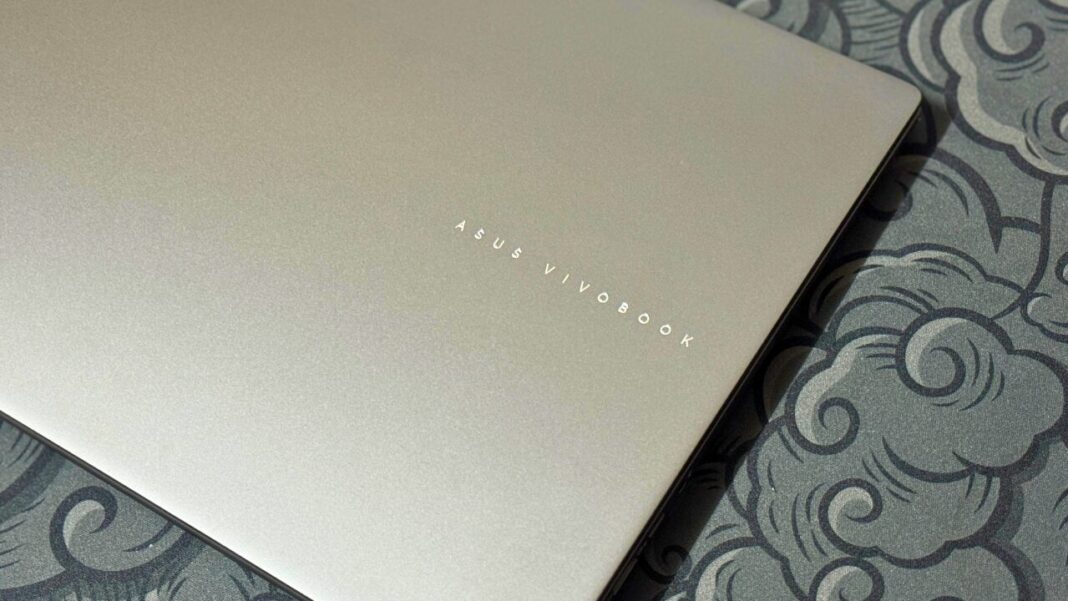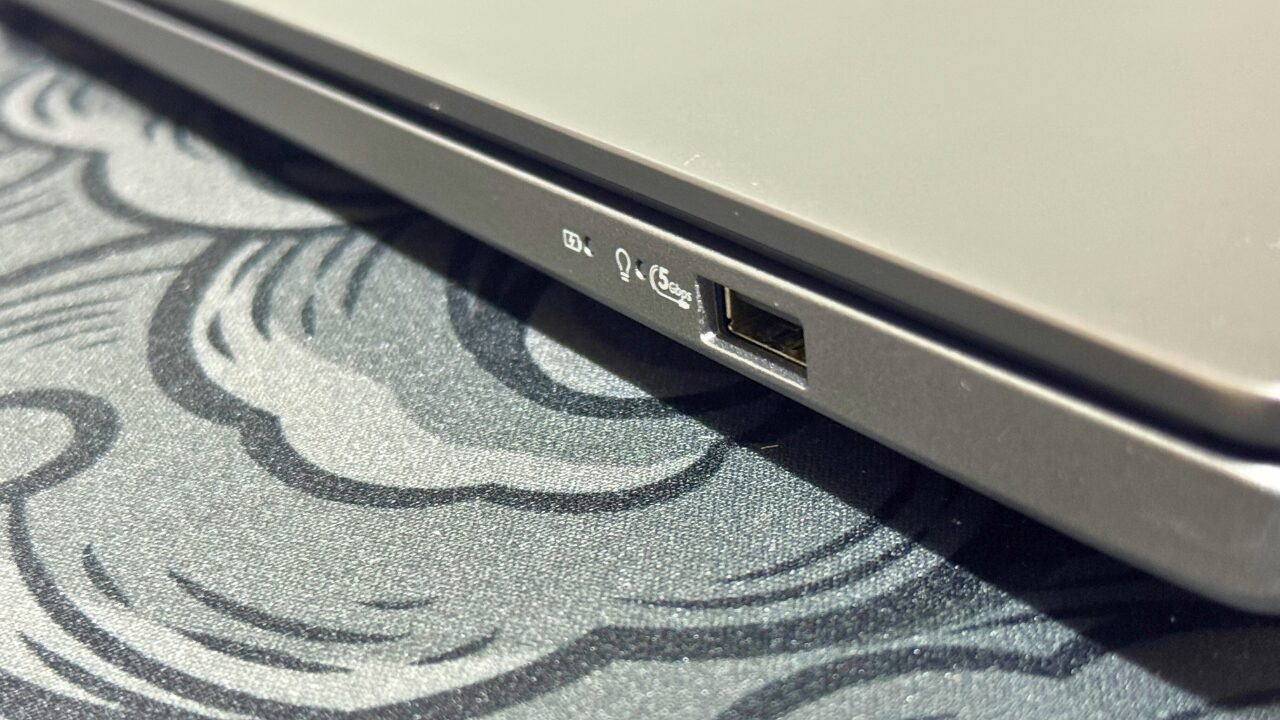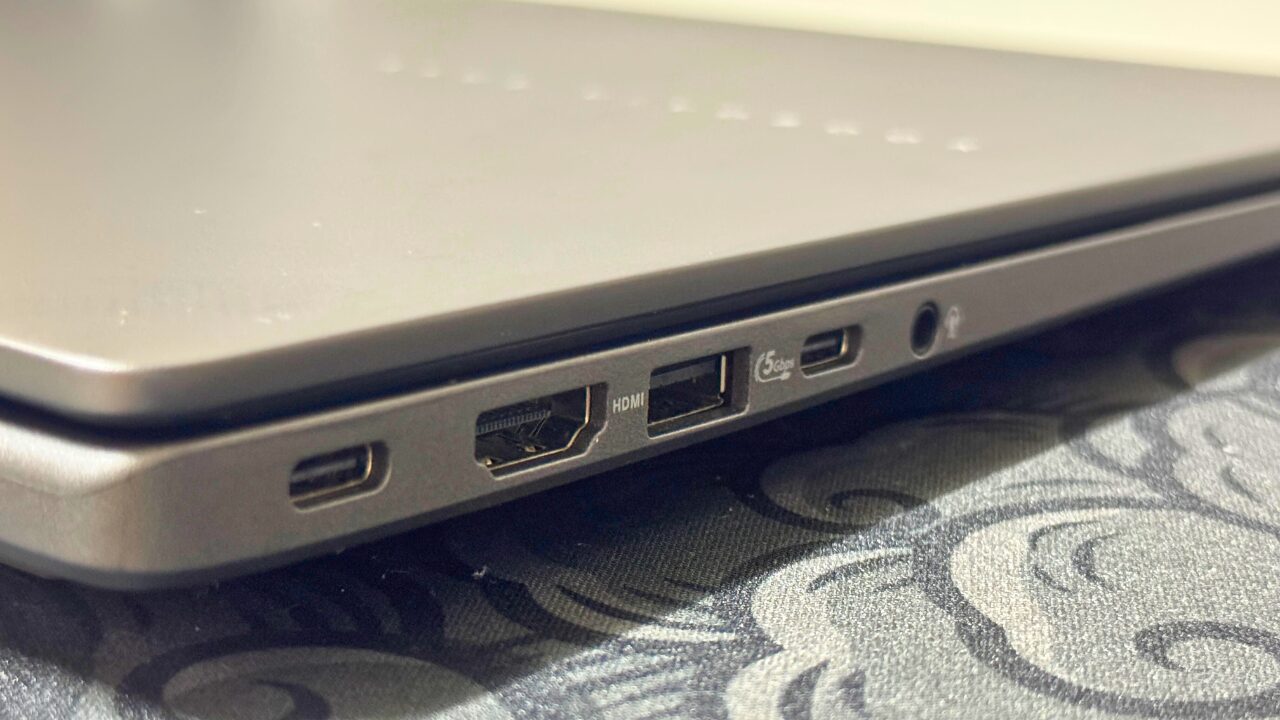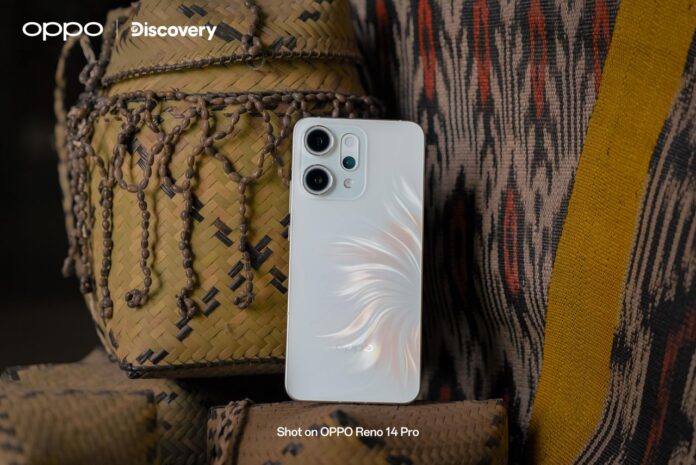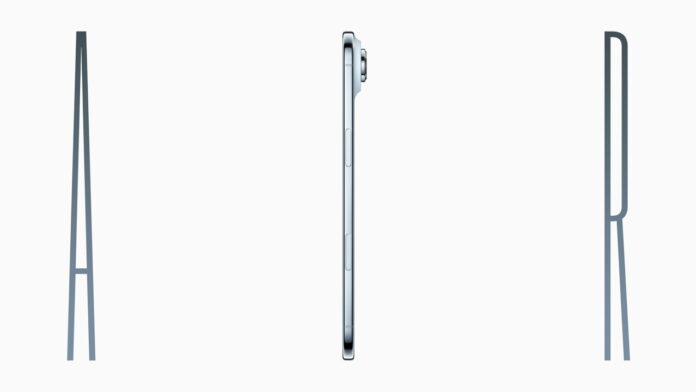The ASUS Vivobook line has always been the “no-nonsense” sibling of the more premium Zenbook series, balancing style, performance, and value. This year’s ASUS Vivobook S16 (Intel) continues that tradition but adds a twist. It offers excellent battery life and productivity chops while making a few compromises that may matter depending on what you use it for.
We used the Vivobook S16 as our main daily driver for work-from-home tasks and even casual entertainment. Here’s how it holds up in real-world use.
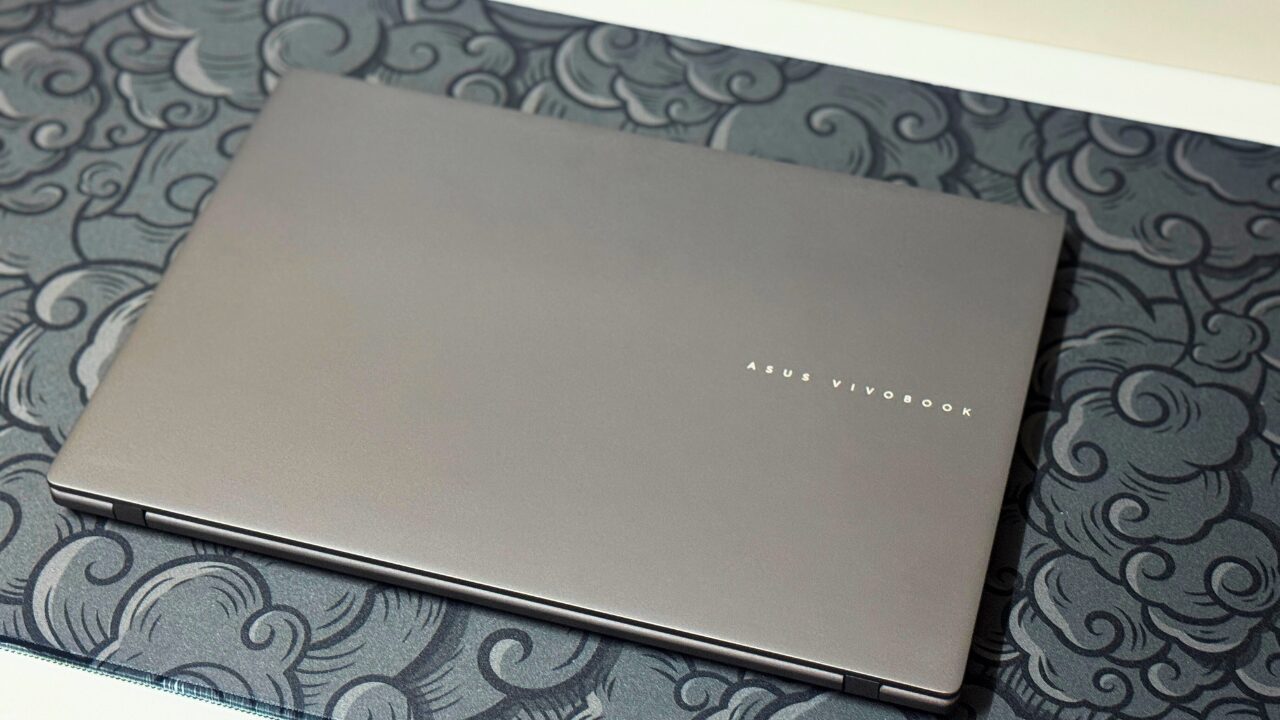
Design and Portability: Big Laptop Energy
At first glance, the Matte Gray finish feels premium without being flashy. It’s understated, the kind of laptop you can confidently bring to a meeting, a café, or a lecture hall. However, there’s no denying one thing: this laptop is big.
With a 16-inch form factor and weighing around 1.4kg, carrying it around in a backpack definitely makes its presence felt. For students or professionals constantly on the go, it might feel bulkier than the more portable 14-inch options. But if you’re someone who mainly works at a desk or only moves between a dorm and a classroom, the extra screen real estate makes up for the size.
The build quality feels solid, with little flex on the lid or keyboard deck. ASUS has also kept the design simple—clean lines, minimal branding, and a professional vibe that makes it blend in anywhere.
Connectivity: The Essentials Are Here (But No Extras)
One of the first things we check in a laptop is port selection, and the Vivobook S16 covers the basics:
- 2x USB 3.1 Gen 1 Type-C
- 2x USB 3.2 Gen 1 Type-A
- 1x HDMI 1.4
- 1x 3.5mm audio jack
That’s enough for most people—charging, connecting peripherals, and even hooking up a second display. However, compared to last year’s Vivobook, ASUS dropped USB 4 support and a microSD card slot. If you’re a creative who frequently transfers files from a camera or needs faster bandwidth for external drives, you’ll definitely feel the absence.
For everyday office or school use, though, it gets the job done.
Display: A Step Back in Quality
This is where we felt the biggest compromise. The Vivobook S16 sports a 16-inch, 1920×1200 IPS panel with a 144Hz refresh rate. On paper, that sounds great for smooth visuals while scrolling and light gaming. But in practice, its display is fine for watching videos, browsing, or working on documents, but not reliable for color-sensitive tasks like photo or video editing.
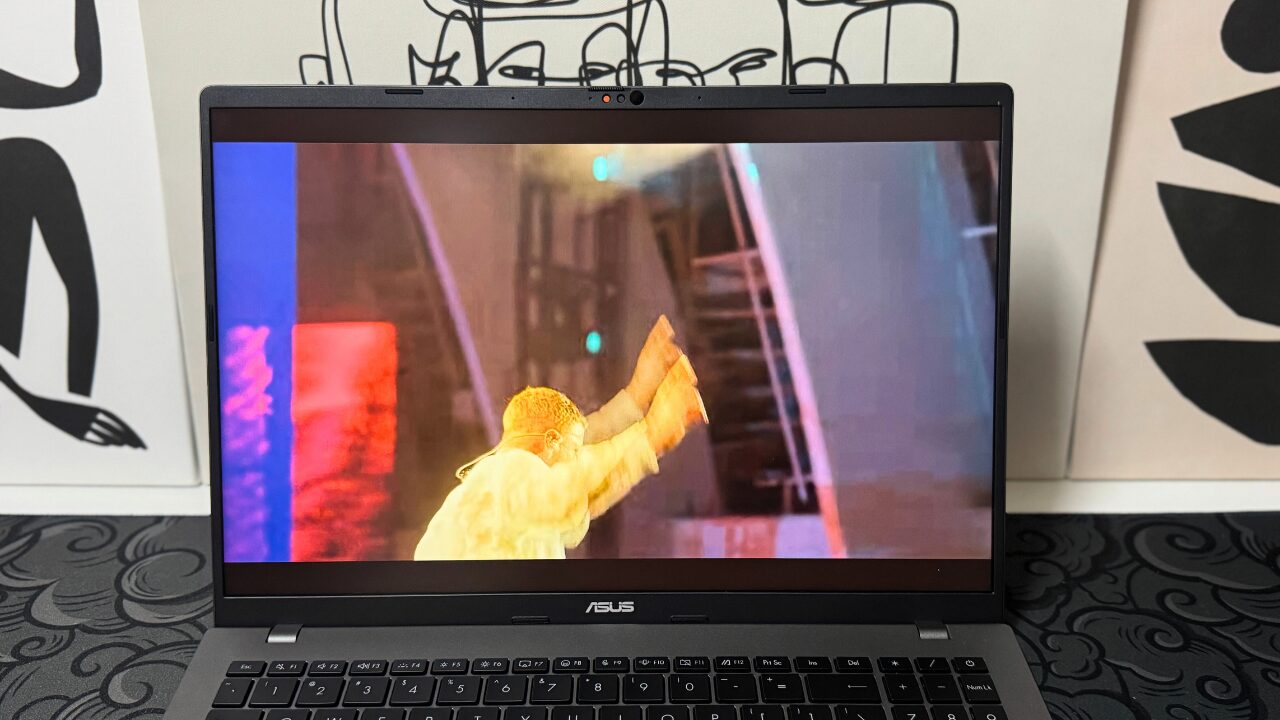
Brightness is also just average at 310 nits, which is usable outdoors but not amazing. The silver lining is the matte coating, which reduces glare and reflections, making it easier to work in bright rooms or next to a window.
If you’re a student writing essays or a professional managing spreadsheets, the display works fine. But if your workflow involves visual creativity, you might be disappointed.
Keyboard and Trackpad: Comfortable with a Slight Wobble
Typing on the Vivobook S16 felt surprisingly good. ASUS clearly worked on improving the tactile feedback, with keys offering a nice balance of resistance and softness. Long typing sessions — writing reports or note-taking — were comfortable.
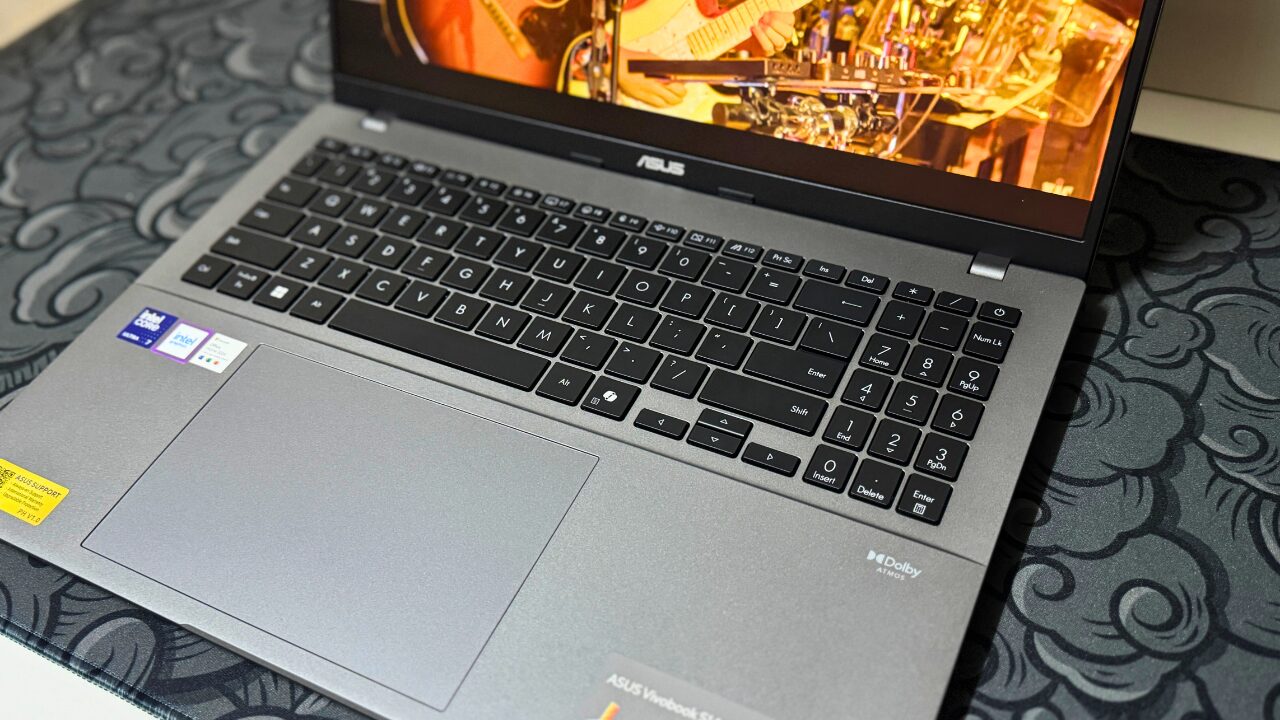
That said, the keys have a slight wobble when pressed on the corners. Most users won’t notice it, but if you’re particular about precision, it can affect accuracy.
The full-sized keyboard with numpad is a plus for students crunching numbers or professionals working with spreadsheets. The power button is also better placed in the numpad instead of near the Delete key, minimizing accidental presses.
The trackpad is massive, one of the largest we’ve seen on a 16-inch laptop. It’s smooth, responsive, and surprisingly firm when clicking. We were expecting bounciness due to its size, but ASUS managed to keep it sturdy. For casual use, gestures, and multitasking, it’s a joy to use.
Software, Security, and Performance
Like other ASUS laptops, the Vivobook S16 comes with the MyASUS software suite, which handles system updates, driver management, diagnostics, and even performance profiles. It’s convenient to have everything in one place, especially for those who don’t want to dig into Windows settings.
On performance, the unit we tested packs an Intel Core Ultra 7 255H CPU with 16GB DDR5 RAM. Day-to-day tasks — whether it’s 10 browser tabs, video calls, Spotify in the background, or light editing on Photoshop — ran without hiccups.
Meanwhile, don’t expect AAA games to shine here without lowering settings.

Security is also standard: Windows Hello with fingerprint support, plus the privacy shutter on the webcam a thoughtful feature for WFH professionals who don’t want to worry about accidental camera leaks.
Battery Life: Main Spotlight
This is where the Vivobook S16 truly shines. With its 70Wh battery and efficient Intel Core Ultra 7 chip, the laptop consistently delivered 15–16 hours of battery life in regular use (browsing, office apps, streaming). Even when pushing it harder with back-to-back Zoom calls and multitasking, we still got around 13 hours.
In real-world terms, this means we could start the day at 9AM and still have juice left after dinner without touching the charger. For students, freelancers, or professionals hopping between cafés, classes, and co-working spaces, that’s game-changing.
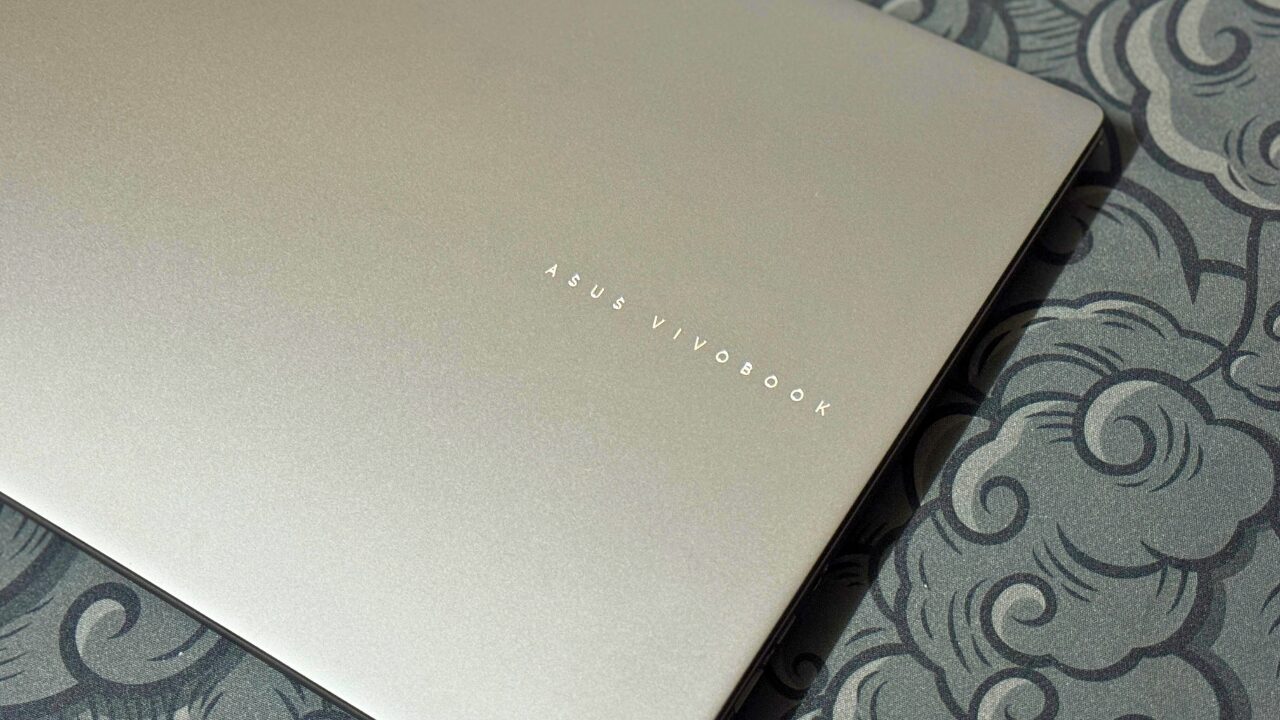
ASUS Vivobook S16 Review: Verdict
The ASUS Vivobook S16 (Intel) is a bit of a mixed bag. On one hand, it’s a productivity powerhouse with phenomenal battery life, a comfortable keyboard, and solid build quality. On the other, the downgraded display and limited ports make it less appealing for creatives or power users who need flexibility.
If you’re upgrading from a much older laptop, the Vivobook S16 is a strong choice. But if you already own a recent Vivobook with an OLED display, the trade-offs in screen quality might not be worth it, unless all-day battery life is your top priority.

